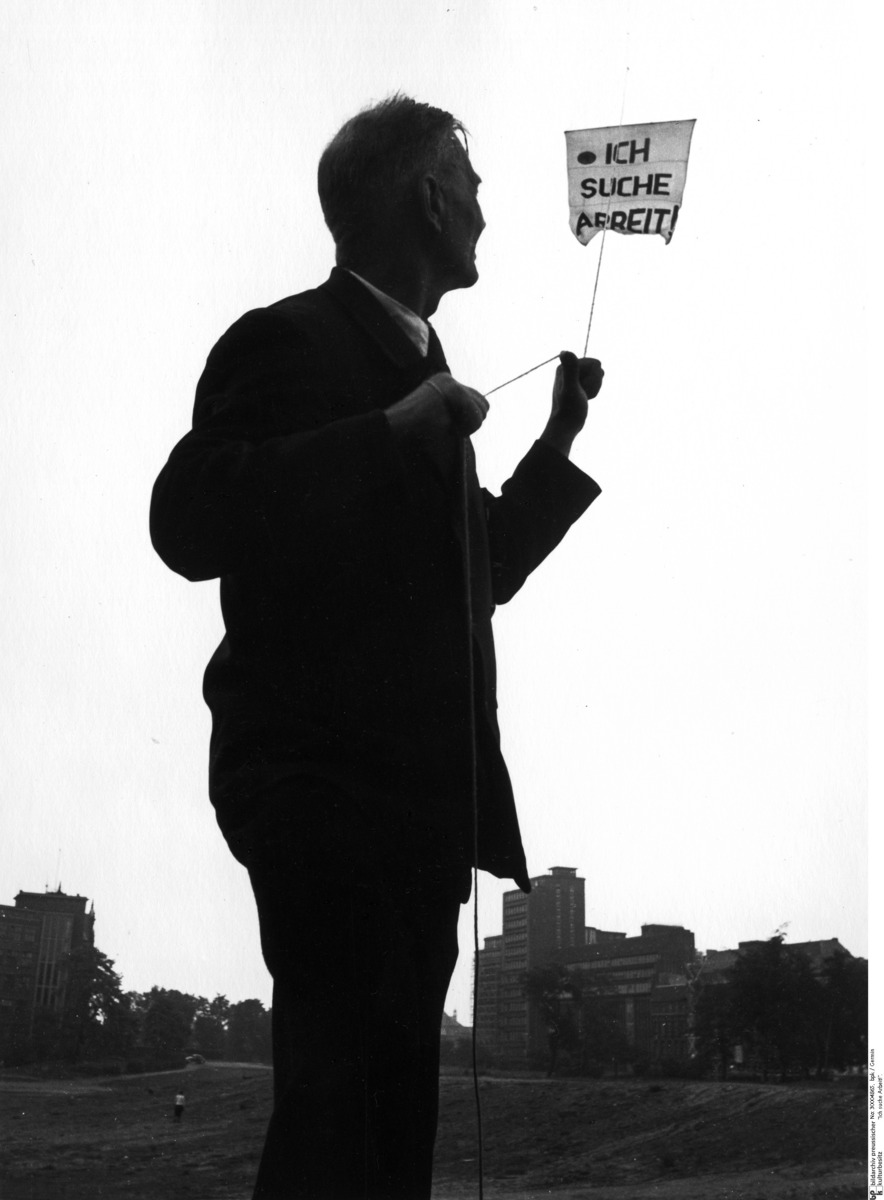Abstract
On February 1, 1933, in his first radio address as Reich Chancellor,
Hitler declared that his most important goal was bringing widespread
unemployment to a rapid end. The new government’s economic and
employment policy was based in part on job-creation measures that had
already been initiated by Hitler’s predecessors. They included, for
example, road and apartment building programs and other public works
projects. Government credits, subsidies, and tax breaks were supposed to
stimulate private firms to hire new employees and revive the economy.
These and other measures were now greatly expanded. According to some
estimates, by the end of 1933 Hitler’s government had made about five
billion Reichsmarks available for employment programs; 3.6 billion
Reichsmarks had been spent from these funds by 1936. The rapid expansion
of the armaments industry created so many new jobs that in late 1934 the
government decided to suspend all job-creation measures that were “not
important for war.” With the reintroduction of obligatory military
service in May 1935, the numbers of the unemployed were further reduced,
and the armaments industry began to suffer increasingly from a shortage
of labor. Photo by Gerd Mingram [Germin].
